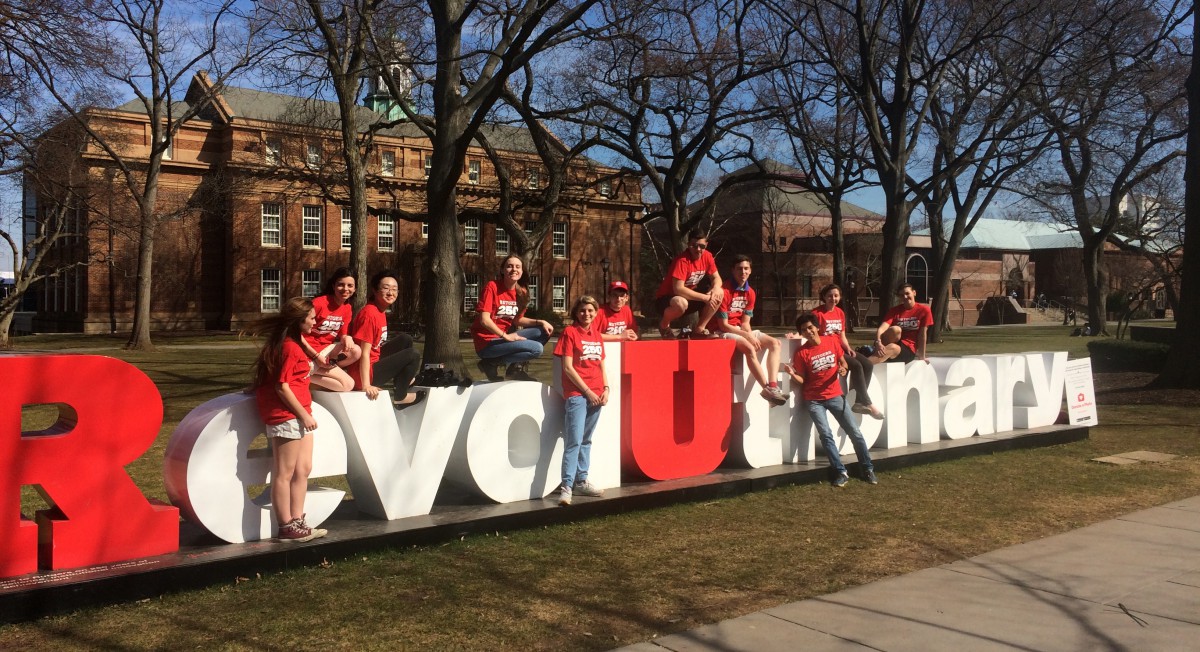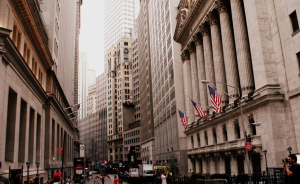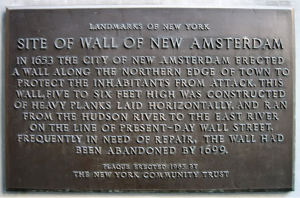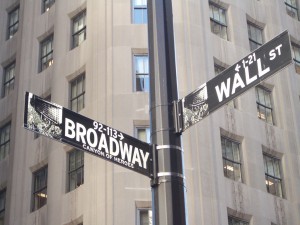By Chase Goodwin
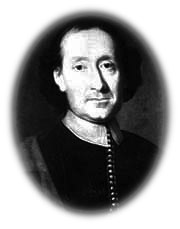
The Remonstrance was written by Adriaen van der Donck in 1649 and was published in the Hague, the Netherlands in 1650. The 49 page literature consists of 3 main parts: a description of the natives of New Netherlands and the physical features of the country; a narrative of the events first connected with the administration of public affairs from the founding up until 1651; and a remonstrance against the policy and acts of the Dutch West India Company, including the horrific behavior of governor Kieft. It’s significant in the sense that it is one of the earliest descriptions of America, including descriptions of the natives, flora, fauna and the geography. His goal was to convince the Dutch government and the Dutch merchants of the value this New World Dutch property offered. Since the colony was passed over from the Dutch government to the British in 1664 without much thought, it appears as if Van der Donck wasn’t successful in his first objective. However, he was very successful in convincing Dutch merchants of the new property’s potential; as a result of his publication of The Remonstrance, several ships of Dutch colonists left for the New Netherlands. The excitement reached a point where a Dutch West India Company director was quoted with writing, “Formerly New Netherland was never spoken of, and now heaven and earth seem to be stirred up by it and every one tries to be the first in selecting the best pieces [of land] there.”


To go alongside the Remonstrance, van der Donck commissioned the Jansson-Visscher map of the colony. It showed the original Dutch territorial claim of New Netherlands ranging from just south of the Delaware Bay to New England and included drawings of wild game, typical Indian villages and the town of New Amsterdam. The map itself remained the definitive map of the area for over a century, a chief reason as to why so many Dutch names of places still exist today.
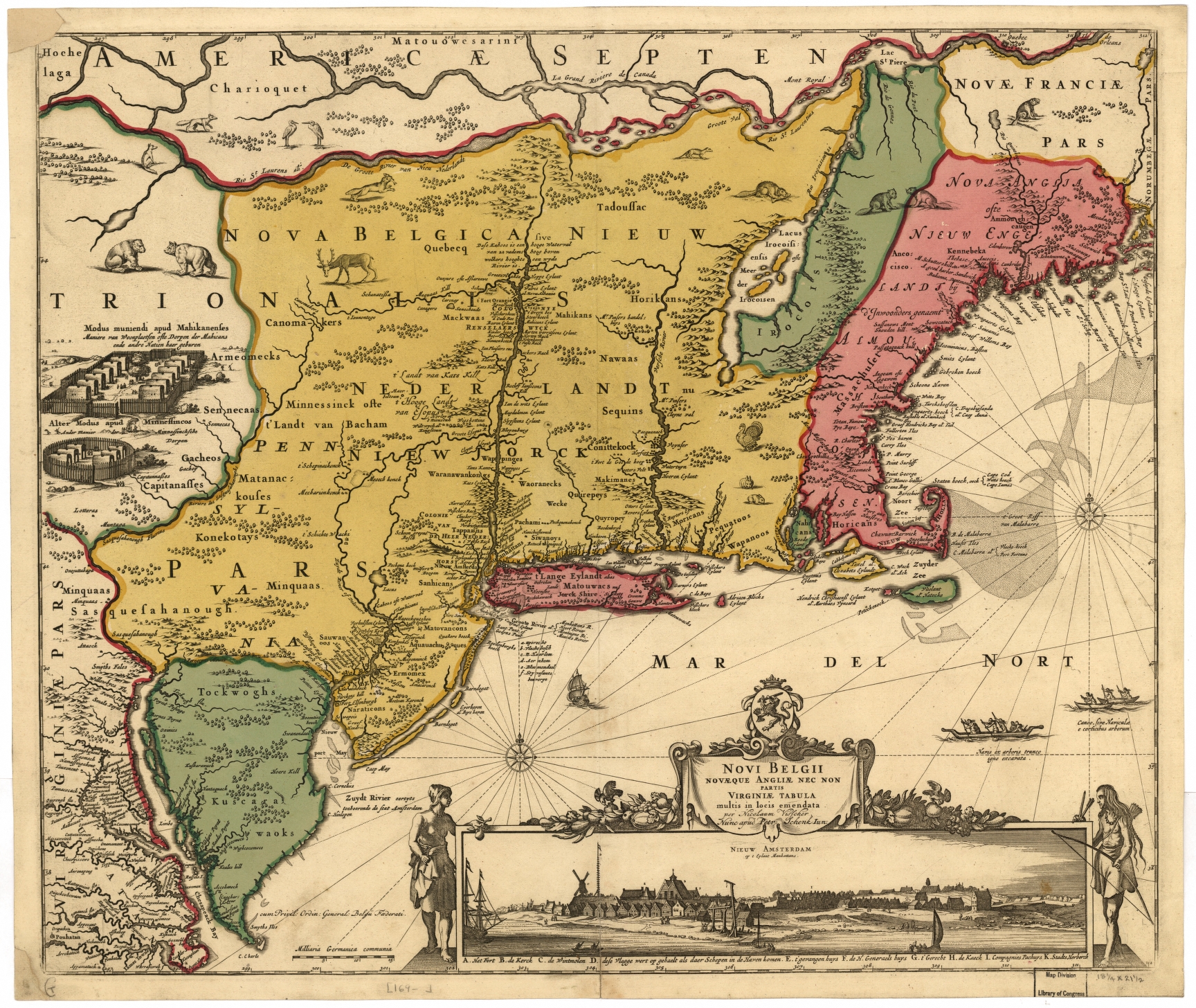
Adriaen was a descendent of Van Bergen, who is famous for orchestrating the successful, Trojan-horse-style infiltration of the city of Breda, liberating the city from the Spanish Hapsburg rule. He lived from 1620 until 1655 and is regarded as one of the first true Americans, a man with more loyalty for this new country than his old. After obtaining a law degree from University of Leyden, he came to New Amsterdam to work as a schoute (loosely translated as sheriff) for Rensselaer, a wealthy businessman and landowner of Rensselaerswyck region further north along the Hudson River. Even though his law degree from one of the most prestigious schools in the world gave him so many career options, his adventurous spirit led him to work in the New World.
Eventually van der Donck’s relationship deteriorated with Rensselaer and he found himself moving lower down the Hudson River to work in the Manhattans. He played an instrumental role in ending Kieft’s horrific war that was caused by unreasonable taxes on the Native Americans. He sent a treaty to Amsterdam and convinced officials to order an end to Kieft’s war. Van der Donck greatly impacted the resulting treaty with the Native Americans since Kieft called upon his assistance and expertise to help create the document. Van der Donck was one of the most well known and influential advocates for Dutch-style republican government in the Dutch West India Company (DWIC).
As compensation for brokering peace between the Native Americans and the tyrannical Kieft, he was given a large tract of land by the DWIC. He later purchased additional nearby land, bringing his estate to a total of 23,000 acres. What is now Yonkers, NY located in northwest Bronx was once van der Donck’s land. He was addressed by the honorary title “jonkheer” because the Dutch called prospering young men who owned a lot of land that, similar to the British term “squire”. The title was typically shortened to simply “jonker.” Since the area was the Jonker’s possession, the name Yonkers was born slowly over time.
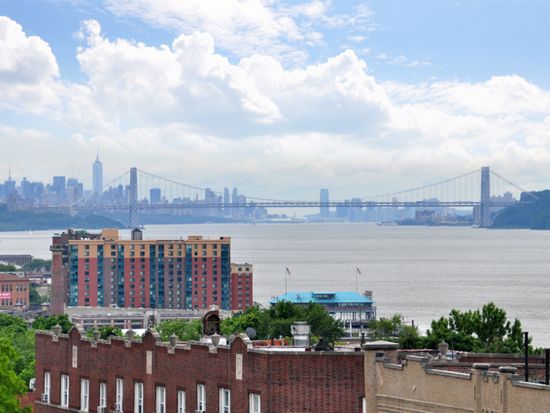
Van der Donck’s death in 1855 is shrouded in mystery. It is not known where he is buried, nor the exact cause of his premature death; however, it is believed that he was murdered by Native Americans. If this is true, how ironic of a death he had considering he devoted a huge part of his life to advocating for interests on the Native Americans’ behalf.
It is apparent Adrean van der Donck and his works are some of many examples of the Dutch influence on colonial America that can still be seen to this day. Van der Donck played a huge role in mitigating the conflict between the Dutch and the Native Americans; published a description of New Netherlands that convinced many Dutch and other Europeans to move there; owned land which eventually became known as one of the most populated cities in NY; and published the definitive map of colonial America, cementing the Dutch names of places to this very day. Most importantly, he advocated for democratic governance by getting Kieft removed from the position of governor, paving the way for this democratic theme to form the foundation of the United States of America.
Bibliography
http://www.thirteen.org/dutchny/video/video-dutch-new-york/
http://www.newnetherlandinstitute.org/history-and-heritage/dutch_americans/adriaen-van-der-donck/
http://www.columbia.edu/cu/lweb/digital/collections/cul/texts/ldpd_5847281_000/pages/ldpd_5847281_000_00000015.html?toggle=image&menu=maximize&top=&left
